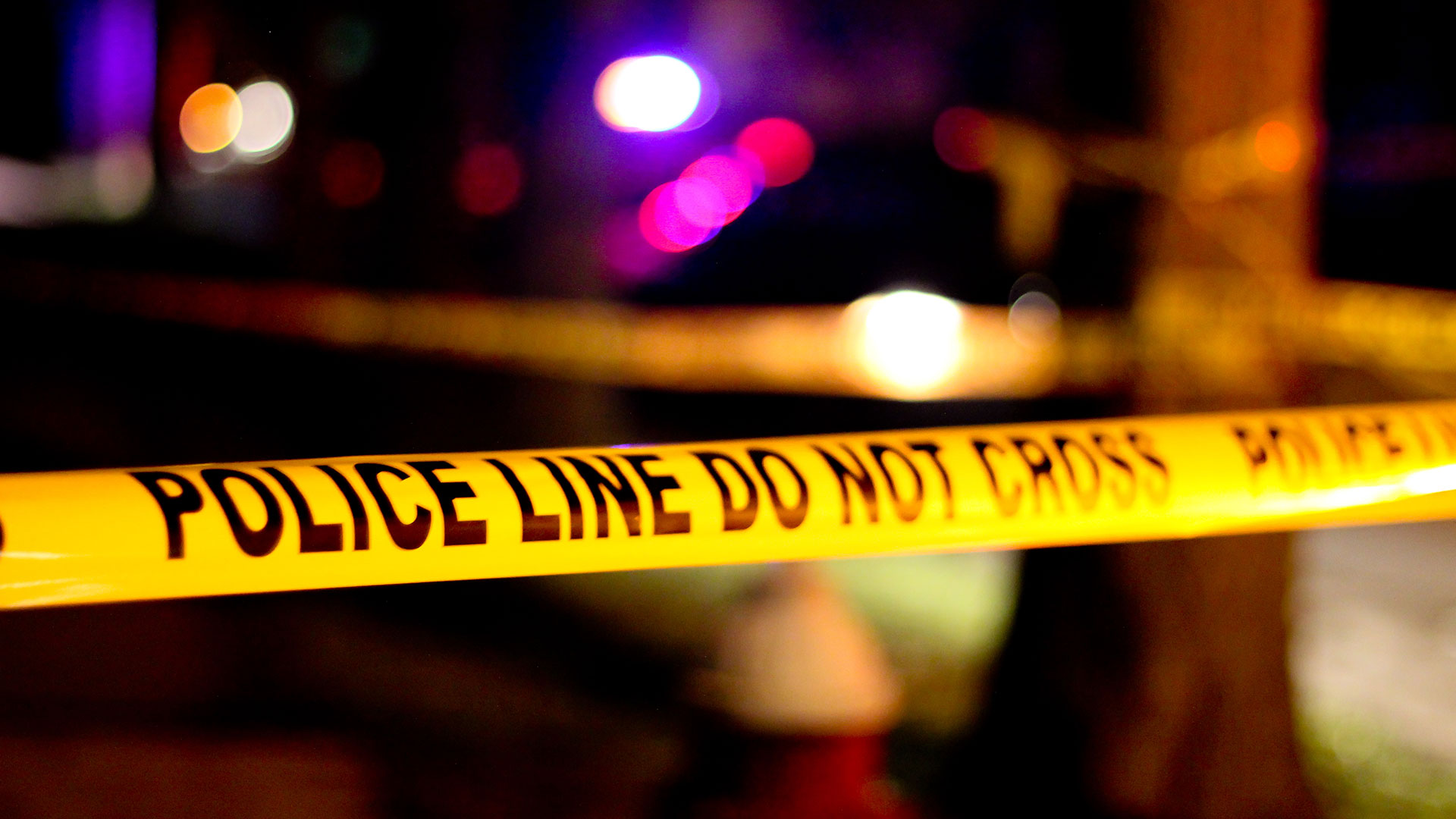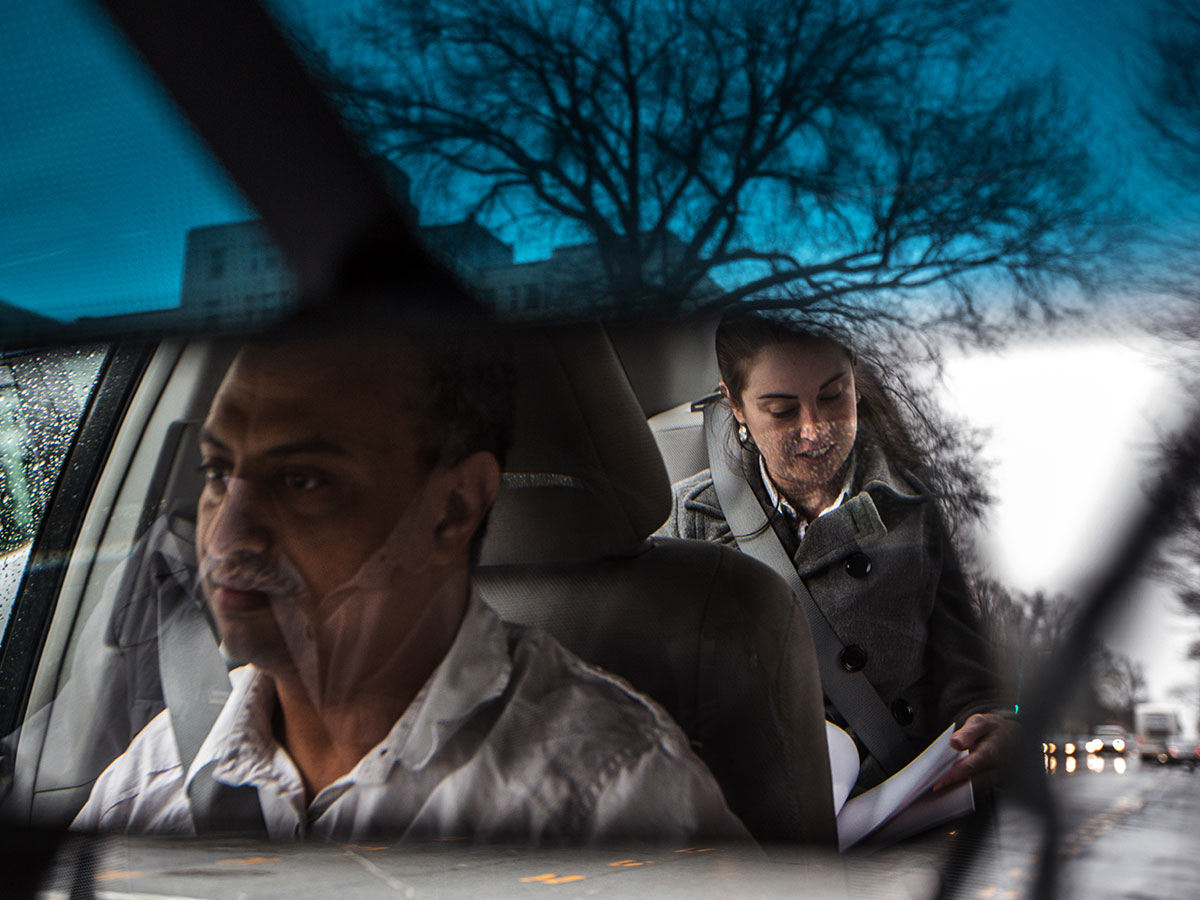

This month, headlines have lit up with stories about Uber drivers assaulting passengers. Which got us wondering: How safe are you on the average taxi, Uber or Lyft ride, and what’s the best play if things go south? Finding an answer was harder than we thought.
There are more headlines than hard numbers. The Cato Institute says there’s no overall difference in safety risk between taxis and Uber, but it’s weak on stats. The site Who’s Driving You? keeps tabs on Uber and Lyft assaults, but the site is run by the Taxicab, Limousine & Paratransit Association, so there’s some major potential bias. The Atlantic tried to compare Uber vs. taxi safety last March; police departments in Boston, Chicago, D.C., New York, and San Francisco all told the magazine they don’t keep separate tab on assaults that happen in hire cars. Looks like N.Y.P.D. has updated its record-keeping since then.
At the beginning of this year, the department reported 14 rapes in hire cars in 2015, leading New York City Police Commissioner William Bratton to recommend women start using the buddy system if they’re leaving a club at night after drinking. He didn’t just get press for that comment, he got politicians and women’s advocates out on the steps of City Hall denouncing the idea. As always, victim blaming isn’t an answer here. So we wrote to the NYPD, LAPD, Uber, and Lyft for advice to passengers and drivers on what to do if a ride gets threatening.
A Lyft spokesperson said the company has “a Trust & Safety team available 24/7 for emergencies and a dedicated Critical Response line to reach specially trained experts on the phone.” Uber has its own tracking and 24/7 support and Rapid Response numbers. According to an Uber spokesperson, “Our technology makes it possible to focus on safety for riders and drivers before, during, and after every trip in ways that have never been possible before.” As for the N.Y.P.D., a representative told us: “Call 911 and give a detailed description of your location the car you are in and the driver.” The sum of all that seems to be keep your phone and speed dial at the ready.
But here’s the plot twist: Government numbers in the U.S. and Canada, however, show that hire drivers have a lot more reason to be scared of you.

The Bureau of Labor Statistics reported 28 taxi drivers were killed in 2014, far more than gas station or liquor store attendants. The Occupational Health and Safety Agency said that from 1998 to 2007, “taxi drivers’ homicide rates were between 21 and 33 times higher than the national average for all workers.” Only police and security guards have it worse. And that’s half the number it was as of 1996, when taxi drivers were “60 times more likely than other workers to be murdered whilst doing their job,” the highest odds of any occupation dealing with deadly violence. Even in Canada, taxi drivers are twice as likely as police to be murdered on the job.
Uber and Lyft drivers likely skirt much of this mess because they don’t carry cash, and attempted robbery is how most of taxi homicides begin. App features also help deter such shenanigans beforehand. Still, until The Justice League shows up, Bratton’s advice might be the best counsel for everyone everywhere—including drivers—trying to prevent any kind of nastiness on a cross-town trip.
It also pays to heed that sage cliché: Don’t be a prick.